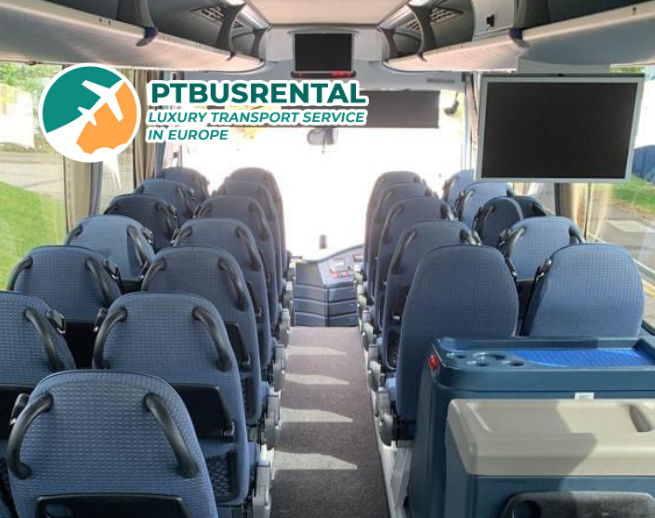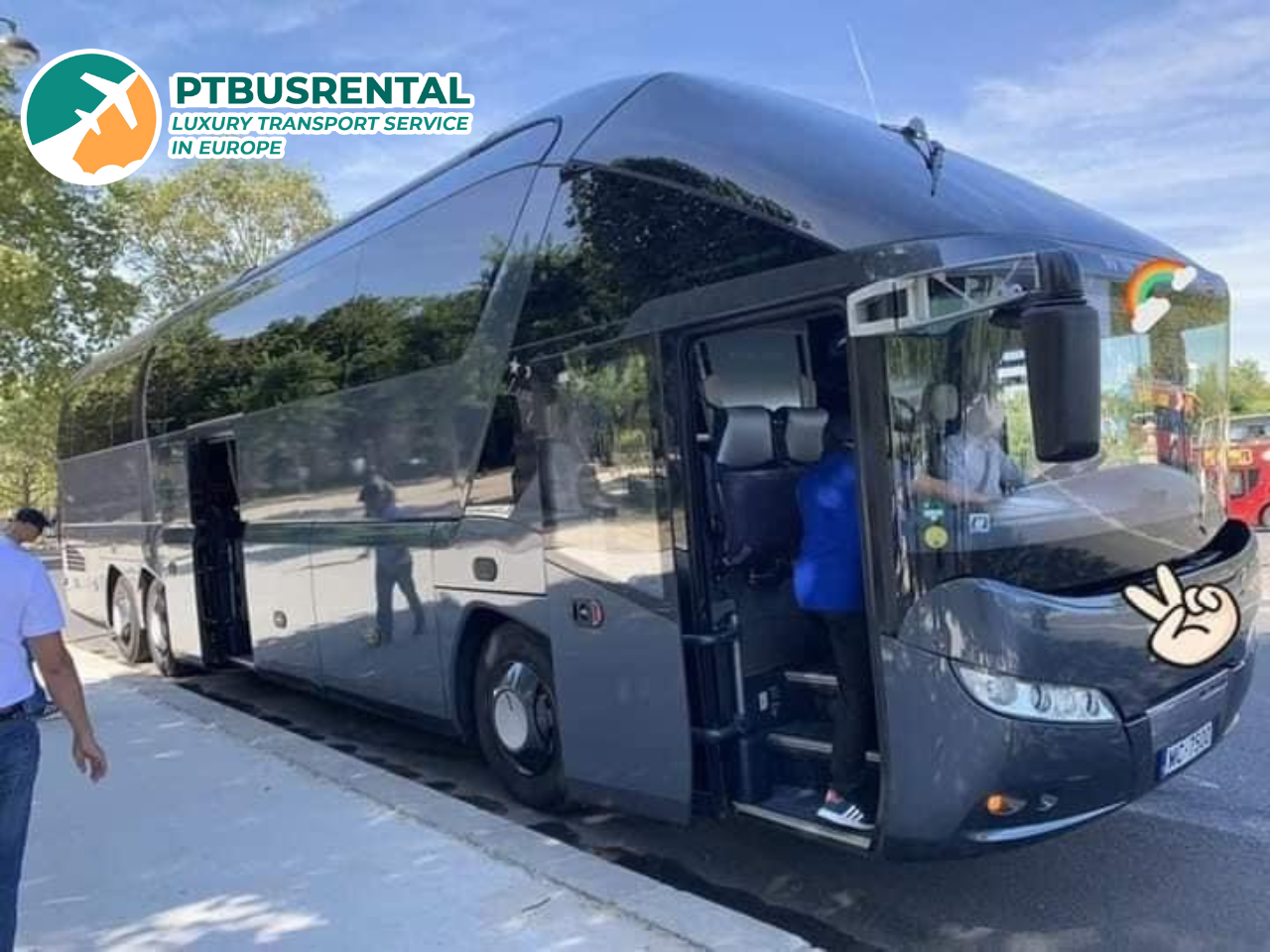Traveling by passenger bus is one of the most popular modes of transportation worldwide, offering an economical and accessible way for people to reach their destinations. However, the safety of these journeys remains a paramount concern for passengers, bus companies, and regulatory bodies alike. Ensuring the security of rides on passenger buses is not just about preventing accidents; it’s about creating an environment where every traveler feels safe and protected throughout their journey.
Addressing safety concerns has become more challenging with the increasing complexity of traffic systems and the diverse conditions under which passenger buses operate. The spectrum of safety risks is broad, from mechanical failures to human errors and external threats. Yet, the commitment to safety is unwavering, driven by ethical considerations and stringent regulatory standards. This blog post explores the multifaceted approach to ensuring safe rides on passenger buses, highlighting the key strategies, technologies, and practices contributing to secure travel experiences.
As we delve into the significance of passenger bus safety, we’ll examine the standards set by authorities, the innovative safety features integrated into modern buses, and the critical roles played by bus companies and passengers. Safety is a shared responsibility, and by understanding the mechanisms in place to protect travelers, we can all contribute to a safer, more secure public transportation environment.
Understanding Passenger Bus Safety Standards
The safety and security of passenger buses are not left to chance. They result from rigorously defined standards and regulations that span international, national, and local levels. These standards ensure that every aspect of bus manufacture, operation, and maintenance adhere to the highest safety protocols. Understanding these standards is crucial for anyone involved in the passenger bus industry, from manufacturers and operators to regulators and passengers.
International and National Safety Standards
Globally, organizations such as the United Nations Economic Commission for Europe (UNECE) have established comprehensive regulations that cover vehicle construction, system performance, and safety equipment. These standards are often adopted or adapted by countries to form the backbone of their national regulations. In the United States, for example, the Department of Transportation (DOT) and the National Highway Traffic Safety Administration (NHTSA) set and enforce bus safety standards concerning vehicle stability, brake systems, and emergency exits.
Similarly, the European Union has its set of directives and regulations, such as the European Whole Vehicle Type Approval (WVTA), which ensures that vehicles meet strict safety, environmental, and operational standards before being approved for road use. These standards are not static; they evolve in response to technological advancements, emerging safety data, and lessons learned from incidents and accidents.
The Role of Government and Regulatory Bodies
Government and regulatory bodies play a pivotal role in enforcing these safety standards. Through a combination of inspections, certifications, and audits, they ensure that bus manufacturers and operators comply with the required safety protocols. Failure to meet these standards can result in recalls, fines, and even the revocation of operating licenses.
Moreover, these bodies are responsible for investigating accidents and incidents to identify causes and recommend improvements. The feedback loop created by these investigations is vital for continuously enhancing safety standards. By analyzing data from real-world events, regulators can update and refine regulations to address newly identified risks or technological changes.
The Importance of Compliance and Continuous Improvement
Compliance with safety standards is not just a legal requirement; it’s a commitment to passenger safety. Bus manufacturers invest heavily in research and development to create vehicles that meet and exceed these standards. Features such as rollover protection, fire safety systems, and emergency egress capabilities are continually being enhanced in response to regulatory requirements and the commitment to passenger safety.

Operators like PTBusrental often go beyond the minimum requirements.
For bus operators, adherence to safety standards is also about maintaining public trust. Regular maintenance checks, safety drills, and driver training are all part of a comprehensive approach to ensure every journey is as safe as possible. Additionally, operators like PTBusrental often go beyond the minimum requirements, implementing safety measures that contribute to a culture of safety and security.
Key Safety Features in Modern Passenger Buses
Advancements have significantly influenced the evolution of passenger bus safety in terms of technology and thoughtful design. Today, modern buses are equipped with many features to prevent accidents and ensure passenger protection in case of unforeseen events. These features result from rigorous engineering, informed by decades of safety research and technological innovation.
Advanced Safety Technologies
Electronic Stability Control (ESC): This critical technology helps prevent buses from skidding or losing control on slippery roads or during abrupt maneuvers. By automatically applying brakes to individual wheels, ESC assists drivers in maintaining the intended path of travel, significantly reducing the risk of rollovers or collisions.
Automatic Emergency Braking (AEB): AEB systems use sensors to detect potential collisions with vehicles, pedestrians, or obstacles in the bus’s path. If a risk is detected and the driver doesn’t react in time, the system can automatically apply the brakes, potentially avoiding an accident or reducing its severity.
Collision Avoidance Systems: These systems alert drivers to collisions with other vehicles, pedestrians, or objects. Some systems can even take corrective action, such as steering adjustments or automatic braking, to avoid an incident.
Lane Departure Warning Systems (LDWS): LDWS alerts drivers when the bus drifts out of its lane without an activated turn signal. This is especially useful for preventing accidents caused by driver fatigue or distraction.



Leave a Comment